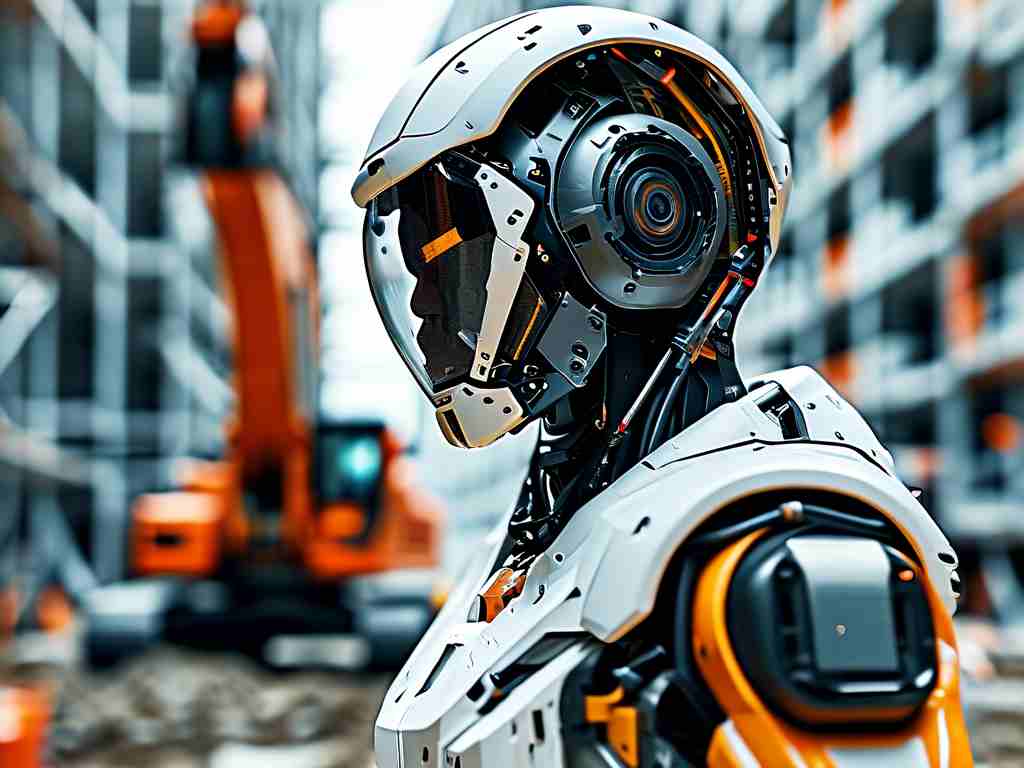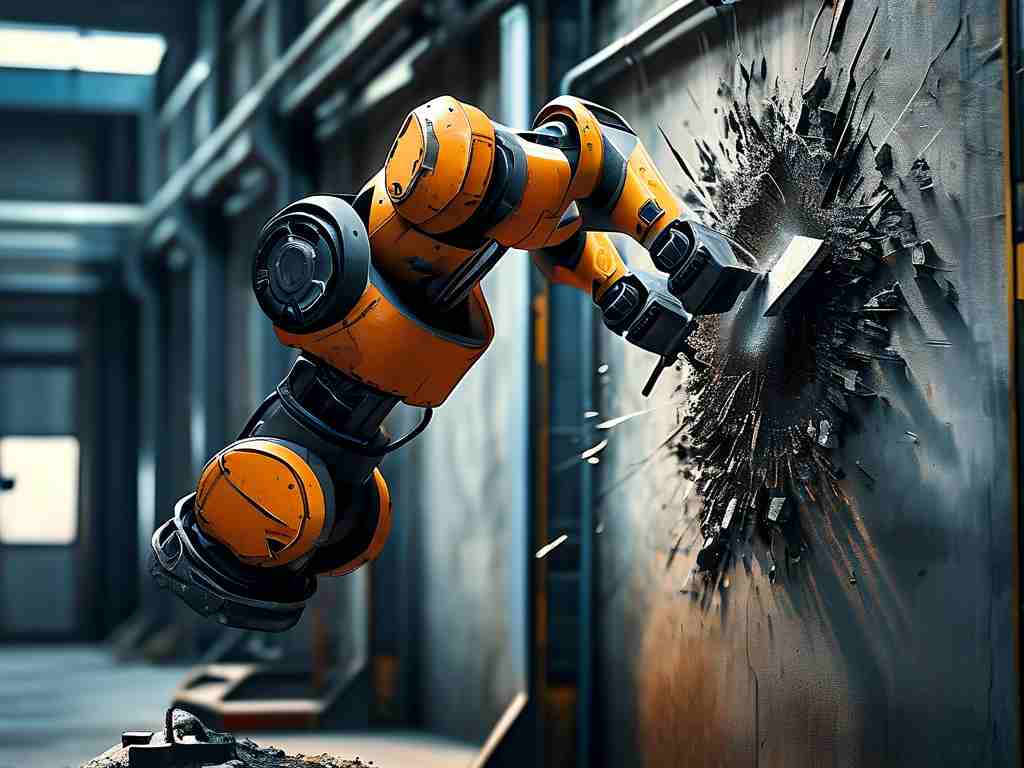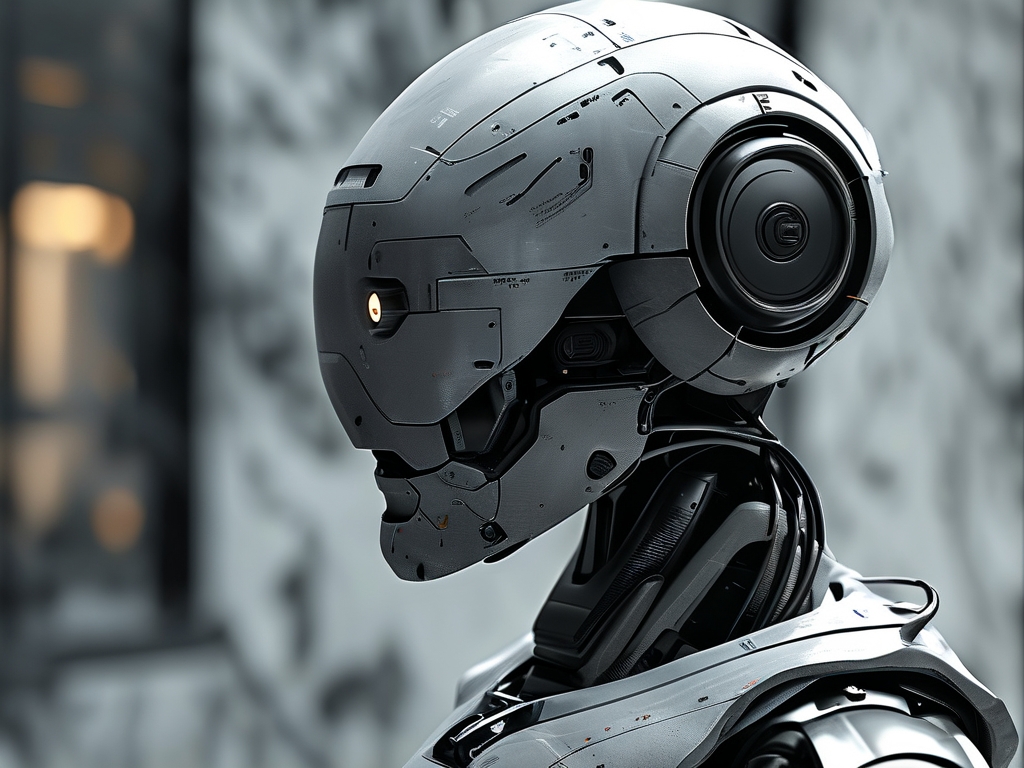The integration of robotics into construction has revolutionized traditional methodologies, with hardware advancements serving as the backbone of this transformation. From autonomous bricklaying systems to AI-driven excavation machines, the evolution of construction robotics relies heavily on breakthroughs in hardware design, durability, and adaptability. This article explores the critical hardware technologies shaping modern construction robots and their implications for the industry.

Core Hardware Components in Construction Robotics
At the heart of construction robotics are precision actuators, modular joints, and high-torque motors. These components enable robots to perform repetitive tasks like welding, drilling, or material handling with millimeter-level accuracy. For example, hydraulic actuators equipped with pressure-sensitive feedback mechanisms allow robotic arms to adjust force dynamically when handling fragile materials like glass or composite panels. Meanwhile, modular joint designs inspired by human biomechanics provide flexibility for robots to navigate uneven terrain on construction sites.
Another pivotal innovation is the use of lightweight yet durable alloys in robotic frames. Materials such as carbon-fiber-reinforced polymers reduce overall weight without compromising structural integrity, enabling robots to operate longer on battery power. This is particularly crucial for aerial drones used in site surveying, where extended flight times directly impact productivity.
Sensor Fusion and Real-Time Data Processing
Modern construction robots rely on advanced sensor arrays to interpret their environment. LiDAR (Light Detection and Ranging) systems, paired with stereoscopic cameras, generate 3D maps of worksites, allowing robots to avoid obstacles and optimize task sequences. For instance, demolition robots use thermal sensors to identify load-bearing structures, ensuring safe removal of materials without compromising building stability.
Real-time data processing is equally vital. Edge computing modules embedded in robotic systems analyze sensor inputs instantaneously, reducing latency in decision-making. A case in point is autonomous bulldozers that adjust blade angles based on soil density readings, minimizing fuel waste and operational delays.
Power Systems and Energy Efficiency
Energy autonomy remains a challenge for construction robots operating in remote locations. Innovations like hydrogen fuel cells and swappable battery packs are addressing this limitation. Solar-powered charging stations deployed on-site can replenish robotic fleets during downtime, while regenerative braking systems in heavy machinery convert kinetic energy into stored power. These advancements not only reduce reliance on fossil fuels but also align with global sustainability goals.
Challenges in Hardware Standardization
Despite progress, interoperability between robotic systems from different manufacturers remains limited. The lack of universal communication protocols often forces companies to develop proprietary hardware solutions, increasing costs. For example, a robotic crane’s control interface may be incompatible with a third-party concrete-pumping module, necessitating custom adapters. Industry-wide collaboration is essential to establish standardized frameworks for hardware integration.
Future Directions: AI-Optimized Hardware
Emerging trends focus on hardware tailored for AI algorithms. Neuromorphic chips, which mimic neural networks, enable robots to learn from on-site experiences without cloud dependency. In Sweden, experimental bricklaying robots using these chips reduced error rates by 40% after just one week of operation. Similarly, self-healing circuits that repair minor electrical faults autonomously are being tested to enhance robotic longevity in harsh environments.
The hardware underpinning construction robotics is advancing at an unprecedented pace, driven by demands for efficiency, safety, and sustainability. As sensor technologies, energy systems, and AI-compatible components mature, robots will transition from supplemental tools to central players in construction workflows. However, overcoming standardization barriers and scaling innovations cost-effectively will determine how swiftly this transition unfolds. The future of construction lies not in replacing human labor but in harmonizing it with intelligent, resilient machines.



